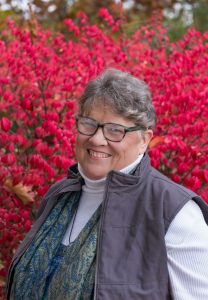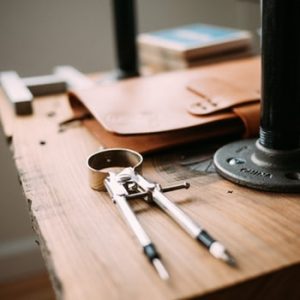
Copy/Content Writing
Even with all our media options to stay connected, we still need written words. And most everyone has discovered it is easier to edit something than to fill that intimidating blank page.
Whether you want to convey a message, entertain your visitors, demonstrate your special skills and abilities, build your reputation, or convince the masses to embrace a new (or old) approach – you need it written.
That is what we do. Every project starts with a vision, then leads to a mission, then leads to finding ways to help others see the way. Let us help you create that word map, picture, plan.

Completed Projects
To the is a list of some of our projects and customers, as well as writing samples.
Panhandle SEEP
Panhandle SEEP was founded in 2005 by agency and industry representatives living and working in the five northern counties of Idaho. Contractors and design professionals enlisted the assistance of agencies after recognizing the adverse impact that construction site erosion was having on local resources. Physical destruction of local water resources followed by costly enforcement actions seemed a rather circular argument when the tools exist to prevent both. SEEP is one step in many needed to protect some of our most valuable resources in north Idaho: water, economic and human.
Panhandle SEEP is an educational program committed to training individuals, including those in the construction and development industry, and agency personnel in the fundamentals of erosion prevention and sediment control planning and practices. It is also intended to provide a forum allowing the participants to share experiences and exchange ideas on methods, applications and effectiveness of best management practices, broadening their perspectives through discussion. Everyone is welcome to attend; certification is optional.
UNI V2V – A Guide to Working with Lots
In keeping with their goal to revitalize the urban neighborhoods in our core, UNI and many of their partners throughout the city set to work last year to provide tools for groups to reclaim vacant lots and turn them into places of pride. Starting with a similar document that had been created for Detroit Future City, we built the Urban Neighborhood Initiative (UNI) Vacant to Vibrant: A Guide to Working with Lots. It comes with the main guide that provides lots of ideas on how to choose a lot and a team in general. This guide offers detailed ways to help spur ideas for vacant lot projects and point you toward the resources you need to accomplish your goals.
Then below are several templates to choose from with all the steps involved for specific designs:
Training, Outreach
Westport Commons KCMO
For a very long time now we have relied on concrete structures to convey water and snow melt away from urban areas as the key management strategy. But the impact to water quality, loss of soil thru erosion, poorer and poorer soil quality, hydrology modifications in our streams and rivers, and increased flooding – both in frequency and intensity have been the result.
There is another way. And although it is being treated as a new approach, it is the way nature managed water before we built our more and more densely populated centers. Soil. Not just mineral soil, though, but a mixture of both mineral and organic.
Organic matter has a water holding capacity of 10 times its weight per each percent of organic matter (OM). Each 1% addition to a soil increases its capacity 10-fold in the OM portion alone. The important thing to remember is that this is an electrostatic, or ionic, process. The water is not just filling up pore spaces but forming weak bonds with and within the organic. Although a similar process happens with clay, the bonding is more rigid due to the changes in the hydrated clay structure. There is a corresponding expansion in the OM of course, but it is offset by the added weight of the soil and the unique nature of water to interlink or reorient.
Greening KC
“Going green” or having a “green business” is one of those phrases that could mean just about anything.for the purpose of this tool, our focus is on anything other than a traditional real estate use: houses, apartments, commercial buildings, or parking lots.
There is a tendency to see land as only an opportunity for income from those types of development, and we have somehow forgotten how much we need to simply have space for nature. Don’t get me wrong, places to work, museums and libraries are wonderful, and we all dream of having a home, but we have lost the first hand experience with the “music of the earth”.
We are identifying vacant lots that could well serve as a “nature spaces”. A refuge. A garden. An orchard. Most importantly, a space that can handle rain, heat, sustain pollinators, give solace and/or grow food. One that can provide a safe and nurturing gathering space.
The Tool
This map project was created as a tool to help expand green spaces in Kansas City Missouri and the surrounding areas. The project was a cooperative agreement between Urban Neighborhood Initiative and Heartland Conservation Alliance thru a grant from EPA Urban Waters Federal Partnership.

